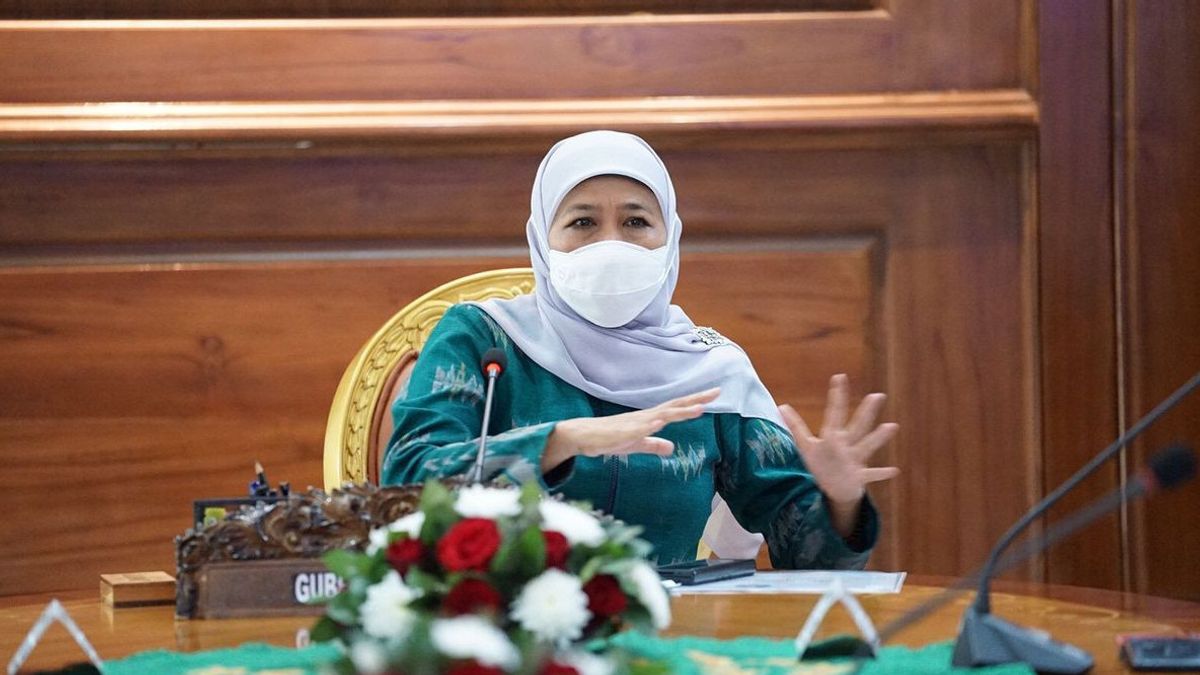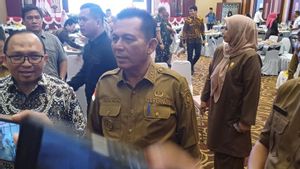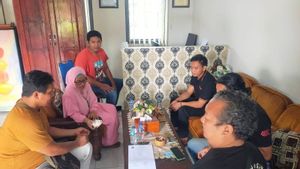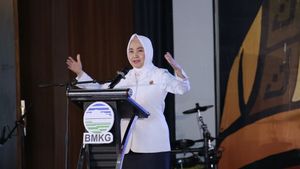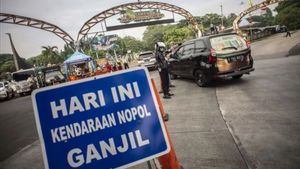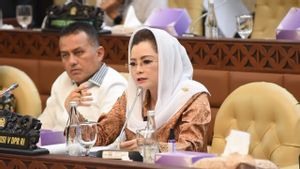SURABAYA - East Java Governor Khofifah Indar Parawansa assessed that reducing poverty in the local area is a form of effort and synergy of all elements in the midst of the COVID-19 pandemic.
"This is the effort of all East Java policy makers in the midst of economic recovery efforts so that it runs effectively," said the governor at the Grahadi State Building in Surabaya as reported by ANTARA, Monday, July 18.
Based on records from the Central Statistics Agency (BPS), the decline in poverty rates in East Java was the highest for two consecutive periods.
In the period March 2021 to September 2021, the decrease in poverty rates in East Java reached 313,130 people.
Then, in the period March 2021 to March 2022, the reduction in the poverty rate managed to reach 391,400 people.
In addition, the BPS notes also stated that East Java also managed to become the largest contributor in reducing the poverty rate nationally by 28.3 percent.
Meanwhile, in urban areas, the poverty rate also experienced a significant decline from March 2021 by 8.38 percent to 7.71 percent in March 2022.
"Poverty in rural areas has been successfully suppressed, as well as in urban areas so that the disparity is decreasing," he said.
"In March 2021, BPS recorded that the rural-urban poverty disparity was still 6.67 percent, then it fell in March 2022 to 5.98 percent," added the first female governor in East Java.
Governor Khofifah also said the reduction in poverty was in line with East Java's success in increasing the status of village independence from 2021 by 697 Independent Villages to 1,490 Independent Villages in 2022, or an increase of 113.77 percent.
With the increasing status of the village to become independent, he hopes that there will be an increase in welfare and a decrease in rural poverty.
"The reduction in rural poverty in the last one year from March 2021 to March 2022 reached 1.36 percent from 15.05 percent to 13.69 percent," said Khofifah.
Although the reduction in the poverty rate is quite significant, Governor Khofifah invites all strategic elements in East Java to continue to work harder to accelerate community welfare.
Meanwhile, Head of East Java BPS Dadang Hardiwan explained that poverty reduction was influenced by East Java's improving macroeconomic conditions.
Then, he continued, household consumption expenditure increased, accelerated the distribution of village funds, distribution of social assistance, and the implementation of other local government programs.
"In March 2022 in East Java the peak of the rice harvest, the exchange rate of farmers also increased, industrial and trade growth, community activities recovered and experienced an increase in shopping centers, parks, offices, trade and recreation," he said.
The English, Chinese, Japanese, Arabic, and French versions are automatically generated by the AI. So there may still be inaccuracies in translating, please always see Indonesian as our main language. (system supported by DigitalSiber.id)
